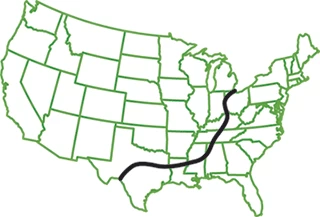
Rules of Thumb for Eco Drinking
Buying local and organic food is now de rigueur for many people, but what about alcohol? Firewater doesn’t get as much ecological press as food, but the majority of Americans do imbibe, averaging roughly four drinks per week (according to a Gallup pole on the subject from August of 2012, which we suspect is skewed toward the low side because how many Americans report honestly about their drinking habits?). The challenge is: If you don’t have a winery, brewer or distillery down your street, what’s the greenest booze for the liquor cabinet?
Thankfully, Mother Jones did the homework for us a while back in a story titled “Which Kind of Booze is Best for the Planet?” Based on this article, we offer the following few rules of thumb:
Wine
Every state hosts at least one winery, but if you want to diversify your cellar and maintain the lowest carbon footprint, buy European wines if you live near the East Coast and wines from California, Oregon and Washington if you’re a Western oenophile. (Mother Jone’s Wine Line graphic illustrates the split in east and west for wine buying.)
Beer
Drink draft beer whenever possible, preferably a from a keg that was brewed in your home state. Canned beer (over bottled) is the next sustainable choice.
Spirits
Train your palate to prefer American whiskeys over Scottish single malts, and steer clear of vodka and gin because they usually require more energy and water than most other spirits. We can’t cover a full cocktail menu here, but for more details about the hard stuff, read the full article at Mother Jones.


